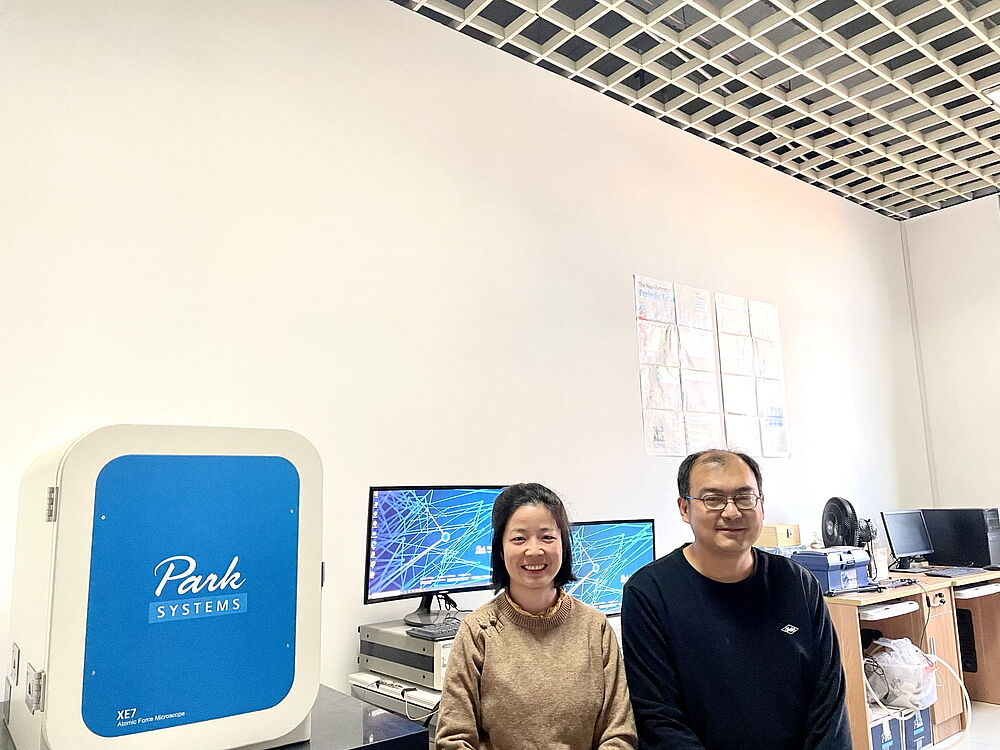To address the critical energy and environmental concerns, photocatalytic overall water splitting has attracted considerable attention as a potential method for large-scale hydrogen production only from solar energy and water. In pursuit of cost-effective and widely available photocatalysts, carbon-based materials made of earth-abundant elements and showing appropriate bandgaps have emerged as promising alternatives to the commonly used metal-based counterparts. Despite their potential, the photocatalytic efficiency of carbon nitrides in overall water splitting is limited by its ineffective charge separation and its dependence on a noble metal co-catalyst. In addressing the challenges above, the collaborative project, involving the University of Paderborn (Germany), the University of Newcastle (Australia), and the Hebei University of Science and Technology (China), proposes to
(1) develop two sets of carbon nitride-based semiconductors through electronic structures tuning;
(2) establish a library of electrostatically assembled direct Z-scheme photocatalysts for optimal overall water splitting.

